SkyLight Residence, Where History Meets Future
SkyLight Residence honors the Obor neighborhood and is creating a strong sense of community by developing a family-oriented project. Educational spaces such as a private school, nurseries, kindergartens and 28.000 square meters of green spaces are walkable from apartments, offices, retail and leisure hangout spots like shops and restaurants.


History of the Obor Neighborhood Meets the Future of the New Heart of Obor

Timeline
1760 - Establishment
Obor market is first established.
1830
Obor Market is permanently settled in its current location and renamed "Moșilor Fair"
1853
Construction of the first steam mill in Romania, the Mill of Assan, between Obor and Lizeanu.
1936 - Construction of Obor Central Halls begins
The works for the construction of the Obor Central Halls have been initiated.
1950 - Obor Central Halls are inaugurated
The Obor Central Halls are officially opened, becoming an important landmark of the area.
1975 - Bucur Obor shopping center opens
The Bucur Obor shopping complex opens its doors, offering a diverse range of services and products.
1970s - Urban Renewal
The old market was destroyed and replaced with modern halls, public housing, and a small park as part of Bucharest’s urban renewal project.
2007 - Market Status
The former Obor Market, demolished in August 2007, was among the oldest agro-food markets in Eastern Europe. It was replaced by the construction of a new market.
2010
In 2010, the new Obor Market was inaugurated, becoming the largest agro-food market in Romania.
Present - Cultural Hub
Today Piata Obor is a bustling market and cultural hub, offering a variety of fresh produce, traditional foods, and local crafts.


 +40 31 631 4174
+40 31 631 4174
 WHATSAPP
WHATSAPP




















